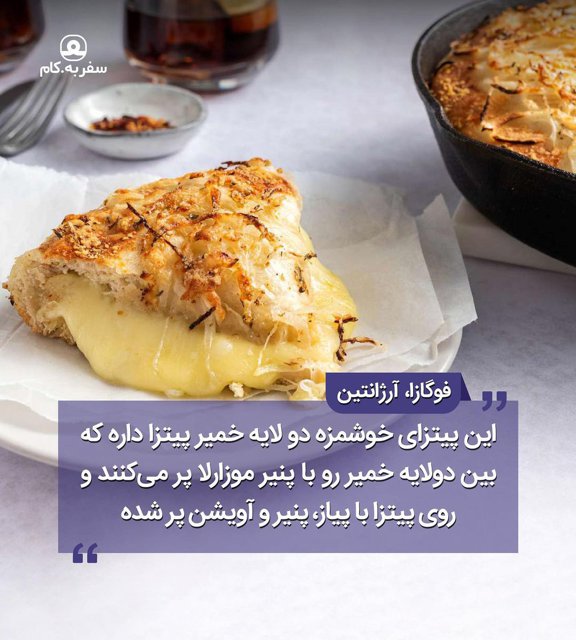[custom_adv]
The most abject of these were known as lazzaroni, because their ragged appearance resembled that of Lazarus. Numbering around 50,000 they scraped by on the pittance they earned as porters, messengers or casual labourers. Always rushing about in search of work, they needed food that was cheap and easy to eat. Pizzas met this need. Sold not in shops, but by street vendors carrying huge boxes under their arms, they would be cut to meet the customer’s budget or appetite. As Alexandre Dumas noted in Le Corricolo (1843), a two liard slice would make a good breakfast, while two sous would buy a pizza large enough for a whole family. None of them were terribly complicated. Though similar in some respects to Virgil’s flatbreads, they were now defined by inexpensive, easy-to-find ingredients with plenty of flavour.


